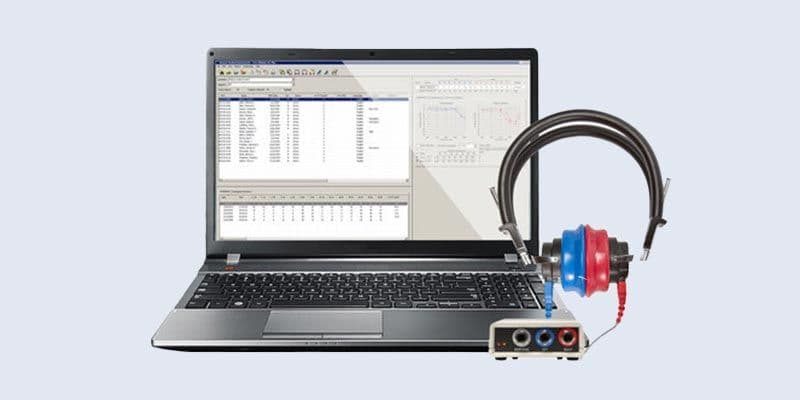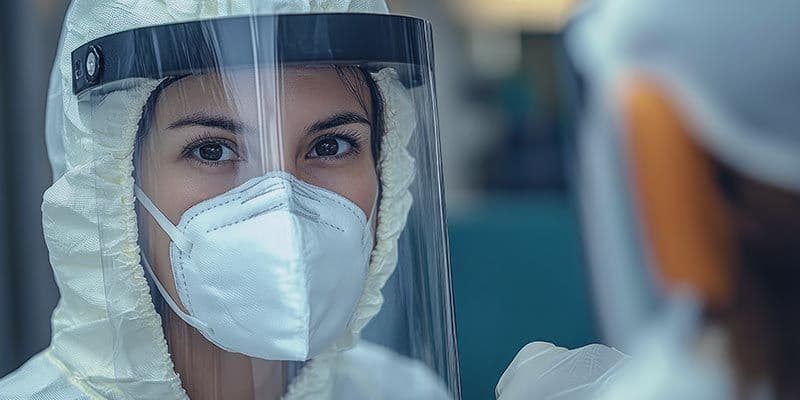NHCA’s Position on Hearing Protection Fit Testing: A Summary

What is the National Hearing Conservation Association (NHCA)?
The National Hearing Conservation Association (NHCA) is a professional organization dedicated to the prevention of hearing loss and the promotion of hearing health, particularly in occupational and environmental settings. NHCA brings together audiologists, occupational health experts, industrial hygienists, researchers, and other stakeholders committed to advancing best practices in hearing protection, education, and research.
Through advocacy, guidance, and the development of standards, NHCA strives to improve noise safety programs, support evidence-based interventions, and foster collaboration among professionals ensuring the well-being of workers exposed to hazardous noise.
According to the recent position paper, released June 6, 2025:
“NHCA and the National Institute for Occupational Safety and Health (NIOSH) recommend the use of HPFT in occupational settings (NIOSH, 2025). HPFT should be used as a tool within a comprehensive hearing conservation program (HCP), coupled with training and intervention strategies tailored to the individual and the specific workplace environment.”
What is Hearing Protection Fit Testing (HPFT)?
Hearing Protector Fit Testing (HPFT), also referred to as hearing protection fit testing, is a method for measuring the actual noise attenuation provided by hearing protection devices (HPDs) as worn by individual workers. Unlike generalized ratings like the Noise Reduction Rating (NRR), HPFT provides personalized data, helping ensure that each worker receives adequate protection from hazardous noise.
Why Hearing Protector Fit Testing is Critical in Occupational Safety
Traditional attenuation ratings are based on lab tests with ideal conditions and do not reflect real-world performance. HPFT addresses this gap by verifying the effectiveness of HPDs on a case-by-case basis. It helps identify improper fit, discomfort, or insufficient protection, and reinforces training by providing immediate feedback.
Top Benefits of Hearing Protector Fit Testing
- Confirms proper HPD fit and performance.
- Enhances training and user engagement.
- Aids in selecting appropriate HPDs for specific noise environments.
- Eliminates the need for derating NRR values.
- Supports regulatory compliance and safety goals.
- Identifies users needing retraining or alternative HPDs.
Key Hearing Protection Fit Testing Methods & Standards
REAT Method: Real-Ear Attenuation at Threshold
Requires user responses to sound stimuli with and without HPDs.
F-MIRE Method: Field Microphone in Real-Ear
Measures sound levels inside and outside the ear without user input.
These methods are supported by standards like ASA/ANSI S12.71-2018 (R2022), which ensure consistency and reliability in fit testing systems.
Personal Attenuation Rating (PAR) and Fit Test Outcomes
Understanding PAR in Hearing Protection
The primary metric is the Personal Attenuation Rating (PAR), which estimates the noise reduction in decibels. PAR helps determine whether a worker is under protected (exposed to too much noise) or overprotected (which can hinder communication and safety). Fit test results must be interpreted in context, considering the work environment and individual needs.
Best Practices for Implementing Fit Testing in Hearing Conservation Programs
Recommended Implementation Steps
NHCA recommends:
- Fit testing during HCP enrollment, after issuing new HPDs, following threshold shifts, or changes in noise exposure.
- Routine testing to maintain effective protection and reinforce training.
- Prioritizing high-risk workers, such as those with high exposures or new to noisy environments.
- Including HPFT as part of a broader HCP, not as a standalone solution.
Special Considerations & Future Directions for HPFT
HPFT application in scenarios like dual protection, acoustic helmets, and active HPDs remains under research. NHCA encourages ongoing innovation and evidence-based development in these areas.
HPFT is a vital tool for improving hearing protection effectiveness in the workplace. NHCA supports its widespread adoption and continued research to refine best practices and expand its applicability.
Hearing Protection Fit Testing Equipment
The Benson CCF-200 offers automated fit testing, providing precise Personal Attenuation Ratings to verify workplace hearing protection. Discover how this innovative technology can strengthen your safety program.




